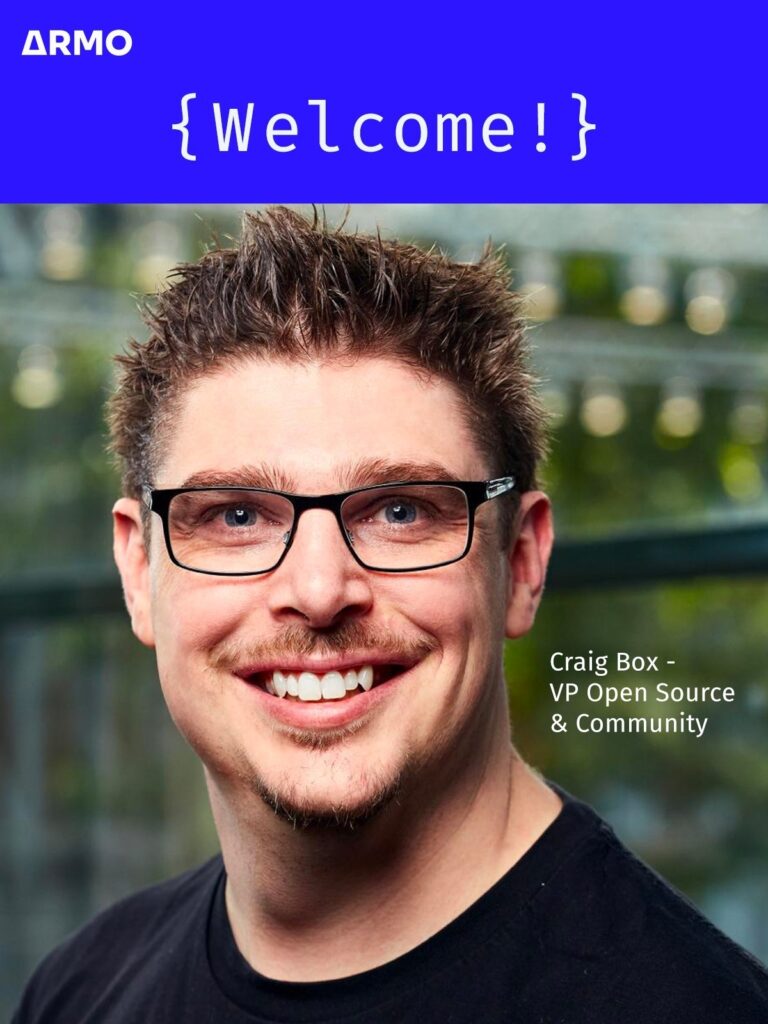Join the conversation on Kubescape’s Slack channels
From specific questions to random thoughts, whatever it is, you’re welcome to join the Kubescape...

May 20, 2020
Leonid Sandler, Co-Founder and CTO of Cyber Armor, set for an interview with Safety Detective’s Aviva Zacks on the inspiration behind the company.
The interview was originally published on Safety Detective: Watch the interview
Safety Detective: What gave you the idea to start Cyber Armor?
Leonid Sandler: We gained extensive experience protecting video content and services from unauthorized access for some of the biggest service providers in the World. Video security was under heavy piracy for decades. At some point, we realized that the same hackers and the same intrusion techniques are coming to the cybersecurity field, and we decided to take our knowledge and experience and design a next-generation cybersecurity product to address these threats.
SD: What products does Cyber Armor offer?
LS: Newly formed DevOps organizations are deploying a massive number of microservices at incredible velocity. New versions may be released multiple times a day. The software is being developed in-house and taken from multiple open sources and 3rd parties and deployed on the cloud and hybrid infrastructures. Cyber Armor builds a unified security control plane providing service-to-service and service-to-data authentication allowing DevOps to apply a Zero-Trust protection layer over their existing solutions instantaneously.
SD: Are there specific industries that are more likely to use your technology than others?
LS: The technology and the product are intended for all kinds of industries. But obviously we believe that the novelty is mostly looked at by those organizations that are more cautious about security. So we think that financial organizations or big enterprises would be on the leading edge to go after this kind of product.
SD: What are some of the worst cyberthreats today?
LS: I believe the two major sources of cyber threats today are users’ actions and software vulnerabilities. People can do something wrong intentionally or by mistake or can do something right but too slow. Software vulnerabilities combined with global connectivity provide hackers with unprecedented opportunities to attack anywhere in the World without getting up from their chairs.
The Common Vulnerability Database shows rapidly growing numbers of discovered software vulnerabilities. Customers deploy multiple pieces of software in their solutions and therefore gather a large number of vulnerabilities waiting for potential exploits.
SD: How do you think the COVID-19 pandemic has affected cybersecurity for the future?
LS: I think the massive growth of remote access was the most dangerous change that COVID has introduced to the market, and many organizations that working remotely are now forced to do so. There are many new security policies in place and many new tools that have been introduced to people who have never used those tools. They didn’t have any experience, training, or discipline to use tools that can access sensitive corporate information from their remote locations, so I believe that remote access is the biggest cyber issue caused by COVID.
Also, because people are not in the office, communication between them has become a little slower. Therefore, maybe there’s a bigger window of opportunity for potential attackers to utilize that slowness and get into the systems.

From specific questions to random thoughts, whatever it is, you’re welcome to join the Kubescape...

Former Google DevRel lead and co-host of the weekly Kubernetes podcast, Craig will lead ARMO’s...

ARMO’s Kubescape is an open, transparent, single pane of glass for Kubernetes security, used by...